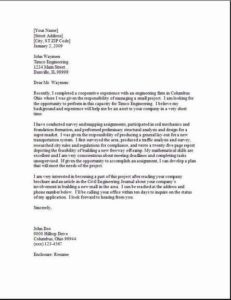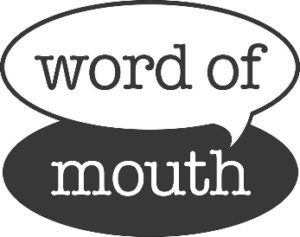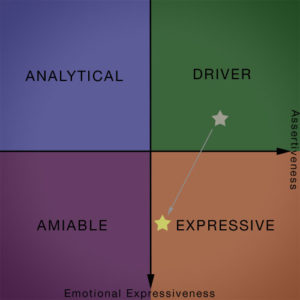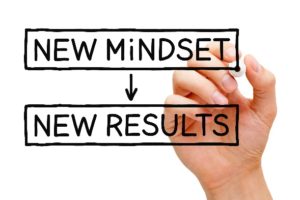
Landing your ideal dream job can be a challenge and even a lifetime project. First you must know what your dream job looks and feels like. Yes, it does take some reflection.
An ideal dream job might be something that you don’t have right now and it could be a job you outgrow after a while.
In this article, I am not going to talk about how to figure out what your ideal dream job is or how to write the best resume. There are tons of searchable information about that online already.
Once you are quite clear on what you are looking for and the type of company you want to work for I suggest the following to get attention and stand out.
Cover letter for your Dream Job
 Writing a great cover letter shows that you want the job and are willing to do what many people are not.
Writing a great cover letter shows that you want the job and are willing to do what many people are not.
Research well about the company and the people who work there. What are there projects and plans? Who are there customers?
Make the letter very specific to the job. Explain how your skills, experience and interests coincide with the job and the company.
Express what you can contribute to the company and its goals and objectives. Use your research to make it specific.
Too many people write generic cover letters that every recruiter sees through and puts aside.
Personal contacts to land your Dream Job
Business is about who you know and trust. Hiring is a business decision. Every manager is responsible for results in their department and the new staff member is employed to contribute to those results.
 Do everything you can to connect with the hiring manager or HR person that is part of the employment decision. Call them by phone, connect over Linkedin, email and whatever way you can. Make it personal.
Do everything you can to connect with the hiring manager or HR person that is part of the employment decision. Call them by phone, connect over Linkedin, email and whatever way you can. Make it personal.
The fact is that over 40% of hiring is done through word of mouth. Who do you know that knows someone that works where you want to. Use your contacts to help you make a connection.
Summary
Using a well-crafted cover letter will begin the process to differentiate yourself.
Often several well qualified people are applying for the same job. It’s important to speak to the hiring manager or team member to express your passion for what you do and make an impression.
Landing your ideal dream job takes work but so does everything worth attaining that is ideal for you.
Employers
Employers wishing to attract people seeking their dream job need to re-think how they market themselves as an employer of choice. It’s not just about marketing but more about becoming a sought-after employer. Think about what that would mean for your organization.




